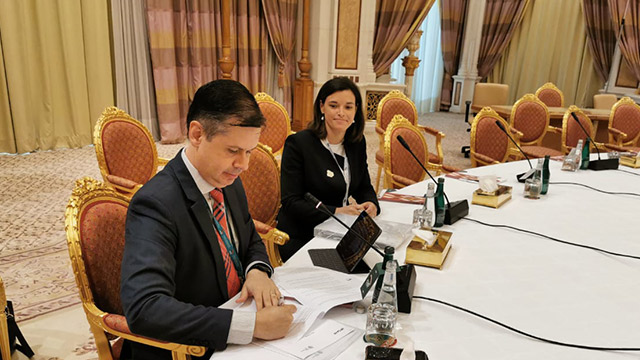1314 results found
Featured results



More results
The government of India sought to raise c. USD 12.5B1 for infrastructure development through an asset monetization program that identified c. 6400km of road networks across 75 operational projects and split them into 10 bundles to auction as concessions
The Peruvian government had an ambitious plan to rejuvenate 955km of roads connecting the fluvial port of Yurimaguas with the Pacific port of Paita
As part of a larger USD 63B1 infrastructure investment, the New South Wales (NSW) government sought to develop a light rail network
The Denver Union Station is a large-scale mixed-use development project to transform the underutilized old Denver Union Station into a modern district
In the 1990s, Copenhagen began to experience stagnant economic growth with a decreasing tax base
Due to the prevalence of smart phones and mobile technology, New York's ageing and underutilised network of 8,400 public payphones became obsolete
The Dulles Corridor Metrorail Project is a 37km, two-phase extension of the current Metrorail system delivered via a design-build-finance- operate-maintain (DBFOM) PPP concession
The global competition to accelerate the infrastructure industry has entered the next stage with assessment of all InfraChallenge applications now complete.
A message from Global Infrastructure CEO, Marie Lam-Frendo, regarding the COVID-19 (coronavirus) pandemic.
In light of the potential for PPPs to contribute to a reduction of the $15 trillion infrastructure investment gap, the Global Infrastructure Hub (GI Hub) revamped its PPP Risk Allocation Tool with its updated PPP Risk Allocation Tool 2019 Edition.

The G20 Infrastructure Working Group (IWG) Survey on PPP Development underlying this Report provides reference on the frameworks for infrastructure financing through Public-Private Partnership in G20 economies


Global Infrastructure Hub has launched an international competition designed to disrupt the infrastructure industry through new digitally-driven solutions.
Global Infrastructure Hub (GI Hub) was a lead contributor at the recent United Nations’ (UN) workshop tackling access to infrastructure for excluded groups including women, differently-abled, and the economically disadvantaged.
Accelerating the development of Brazil’s infrastructure markets is the aim of Global Infrastructure Hub’s (GI Hub) Country Program with Brazil, recently confirmed in a Letter of Intent with the nation’s Secretary of International Economic Affairs (SAIN) of the Ministry of Economy.
How can cities absorb the influx of people without developing new and more efficient ways of building, transporting, and consuming resources? Without significant disruption across urban infrastructure, the cities of the future will struggle to keep up, much less make progress toward things like mitigating climate change or providing quality education to every student.

Over 70 participants from 13 countries met in Dakar, Senegal from 26-28 November 2019 to participate in a three-day infrastructure and PPP workshop, led by the Global Infrastructure Hub.
Members of the infrastructure community are warmly invited to the launch of InfraChallenge, an innovation competition aiming to accelerate the global infrastructure industry.





 InfraChallenge website
InfraChallenge website










